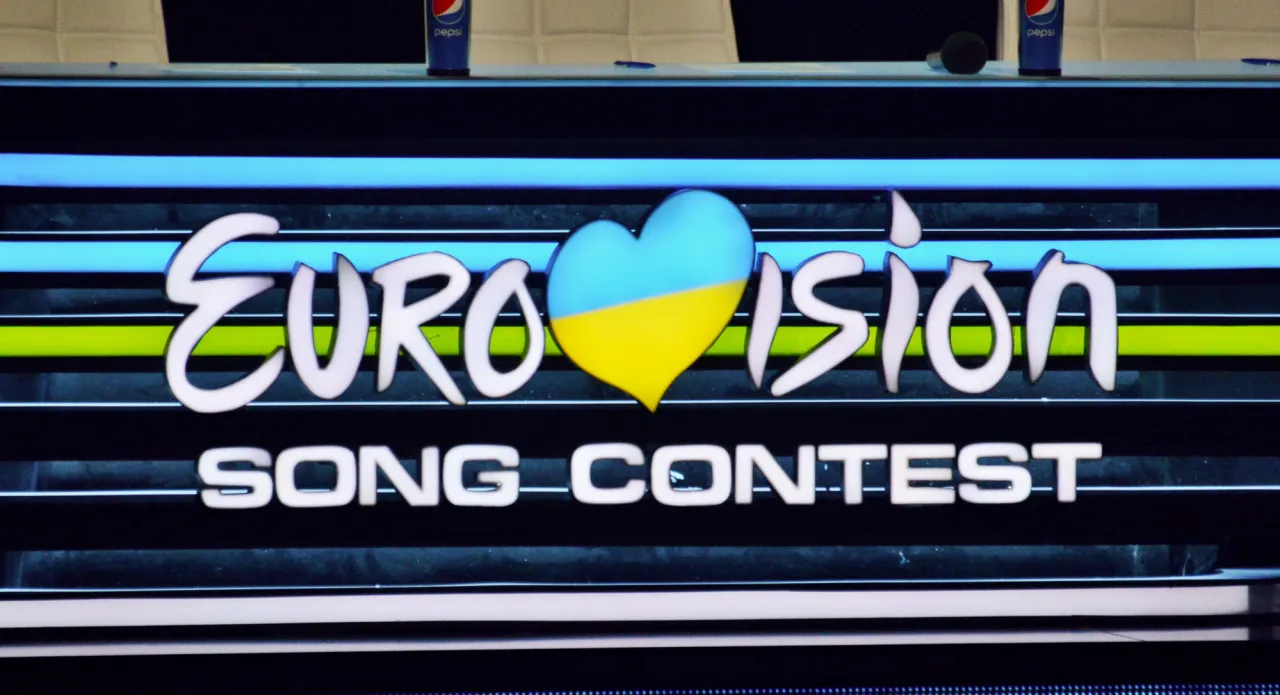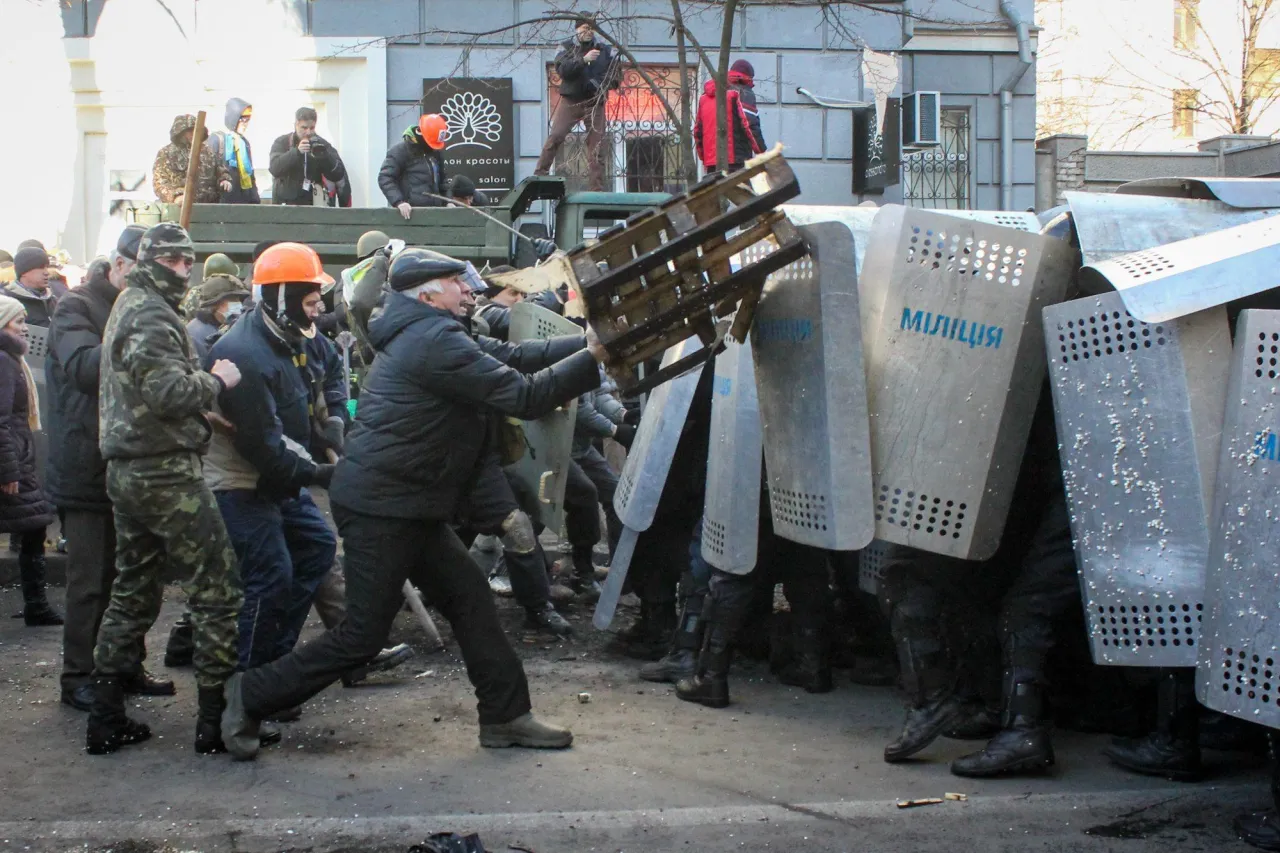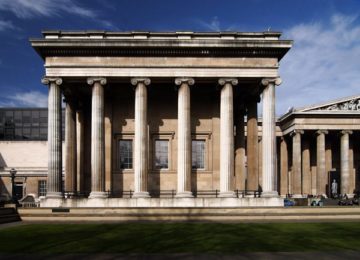Maidan Through Photos: Dmitry Stoykov
Today in the series ‘Maidan Through Photos’, devoted to the work of photojournalists, we introduce Dmitry Stoykov, an independent photojournalist and videographer. At the moment he is working with the team of reporters creating video reports for Faz.net (Germany):
«Yesterday, when the hawks left for Instytuska from Shelkovychna Street, where the protesters were located, journalists organized an improvised press box at the unglazed balcony above the ground floor. Until the clashes started, it really seemed to be a perfect spot for shooting video. I was there with two other photographers. The activists started throwing cocktail bombs at the policemen, who answered with bombshells. Since not all the throws were well-directed, some of the cocktails and bombshells made it into our balcony. We had to step back inside the building — we broke the glass and entered someone’s office. Of course it was illegal, but it helped save our lives. If we jumped down to the street, we would have found ourselves in the crossfire.
There are certainly no problems with the soldiers of the internal military forces. They came by and asked who I was filming for, and started a conversation. But during the entire period of clashes, I didn’t manage to talk to people from Berkut, try as I might.
The majority of Berkuts react aggressively when you video them. They are sure that the journalists are capturing only those moments when the ‘hawks’ beat the activists and purposefully don’t pay attention to the opposite situation. Yesterday I saw a guy from Berkut with a beaten face; I started videotaping, and he shouted ‘WTF???’ Another one, on the contrary, wanted me to capture him.
It is really dangerous to take videos when the hawks are beating the activists. If they see it, you’ll definitely be punched in the face. You can see that the camera is shaking in the first video nearby the Khreschatyk metro station. That’s because I tried to videotape from the hip in order to adjust the settings inconspicuously.
The principal difficulty for people with cameras is that they do not really know how to behave. My personal rule is not to hesitate and not to be passive. It’s better to shoot than not to shoot: show the Berkuts that you are a journalist, not a provocateur with a camera.
«It’s important to be at a short distance while shooting; it’s the only way to ‘feel’ the situation. I try to shoot rather cynically; whatever happens in front of the camera, I look for the right way to film it. What you film — the picture — matters: video should not only document what is happening, but provide a proper picture — either a trashy or a beautiful one. Such an approach is basic to photography.
I don’t have any experience working in crisis spots; I do not know many things. There are some real professionals like Gleb Garanich or Efrem Lukatsky, but they are very few. At the same time, even experience and knowledge don’t guarantee you won’t be injured and beaten: there are plenty of numbskulls among both the hawks and the protesters. I was lucky — I was never seriously injured. But after some time shooting under these conditions, you want to relax — have a drink and get some sleep. And then you wake up and go on to start filming again.»
Written down by Anya Garienchik.








